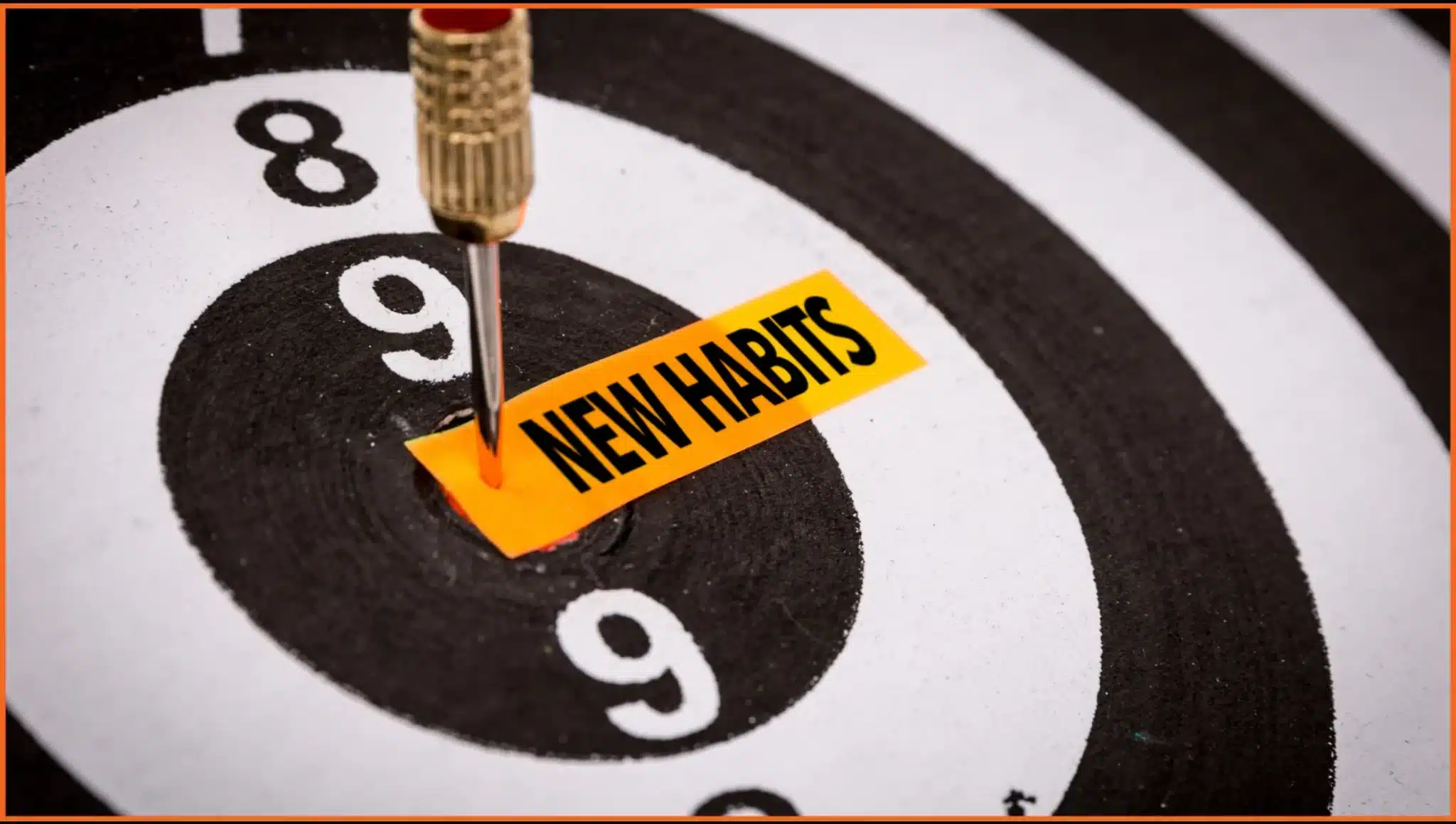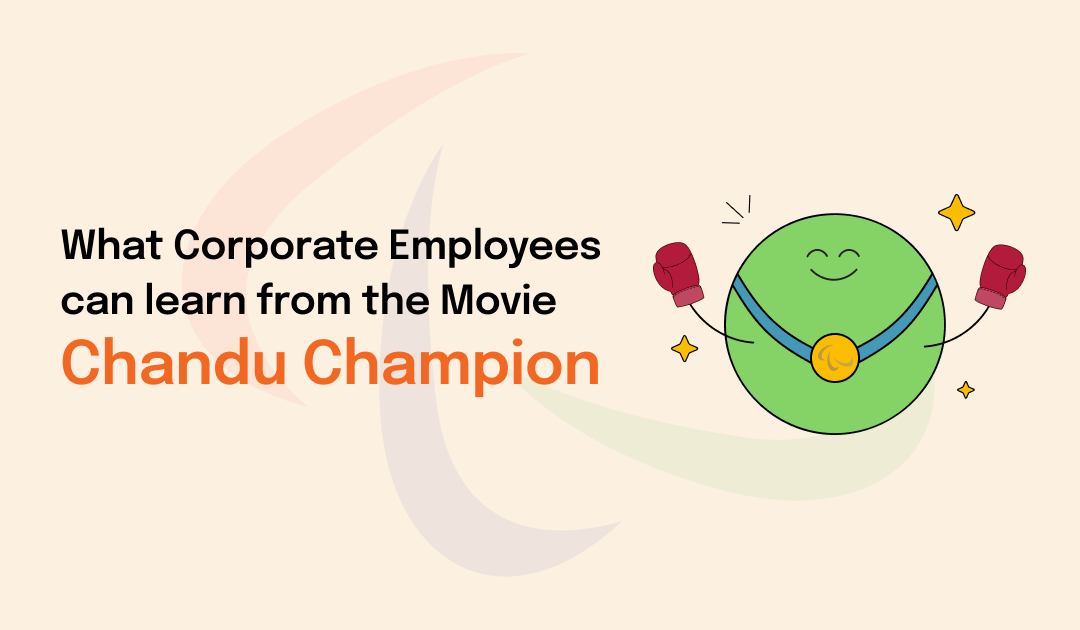Innovation is not always born out of abundance. Sometimes, it emerges from scarcity, constraint, and the relentless drive to find a way when none seems available. In India, we have a word for this kind of ingenuity: jugaad.
It is not just a hack or a workaround. At its best, jugaad reflects frugal innovation, grassroots problem-solving, and an unwavering belief that simplicity, speed, and scale can coexist.
In my work with corporate teams, I often reference Indian jugaads to highlight how innovation doesn’t have to be expensive or complicated. It can be local, clever, and quietly revolutionary. In this post, I’ll share three real stories that continue to inspire me and offer powerful lessons for leaders, HR professionals, and learning and development teams across industries.
1. Mangalyaan: The ₹450-Crore Wonder
Table of Contents
When the Indian Space Research Organisation (ISRO) launched its Mars Orbiter Mission in 2013, it was considered audacious. No country had successfully reached Mars on its first attempt. Yet, India did and did so at a record-low cost of ₹450 crores (around $74 million). That’s less than the budget of many Hollywood space films.
How did they manage it?
ISRO used a clever orbital strategy known as the “slingshot” method to gain momentum from Earth’s gravity. Engineers reused existing technology, reduced redundancies, and optimized every component.
What struck me most was not just the cost-efficiency. It was the mindset. The sheer belief that India, with limited resources and infrastructure, could aim for the red planet and succeed.
At a time when many corporate teams struggle with reduced budgets, lean resources, and short timelines, this story serves as a reminder: constraints are not blockers, they are catalysts.
L&D Parallel:
In learning environments, we often hear, “We don’t have time,” or “We can’t afford an elaborate program.” But meaningful learning doesn’t always require big-ticket interventions. Blended learning modules, gamified microlearning, or simulation-based learning like FocusU’s Design Thinking Simulation can offer high engagement at low cost.
Workplace Insight:
Encourage your teams to reframe constraints as opportunities. What can be done better, not with more, but with less?
2. The Tata Nano: Bold Vision, Radical Frugality
I still remember the buzz when Ratan Tata announced the Tata Nano – a car priced at just ₹1 lakh. The mission was clear: give Indian families a safe, affordable upgrade from scooters to four wheels.
The result was a compact, minimalist vehicle built through entirely reimagined production. The Nano had no airbags, no power steering, no radio – and yet it was functional, safe, and road-ready.
What’s more, the distribution strategy allowed modular assembly, meaning local entrepreneurs could become part of the supply chain. It wasn’t just a car. It was a movement.
Sure, the Nano had its critics and commercial struggles. But the boldness of the vision continues to inspire. It asked: What if affordability and dignity could go hand-in-hand?
L&D Parallel:
Many leaders hesitate to rethink traditional learning structures. But just like Tata reimagined car manufacturing, organizations can reimagine leadership development.
For instance, experiential programs like The Leadership Challenge Workshop let participants discover insights through doing, not just listening. It’s cost-effective, but deeply impactful.
Workplace Insight:
Innovation doesn’t always mean building something completely new. It can also mean stripping down to what’s essential and solving for access, simplicity, and relevance.
3. Mumbai’s Dabbawalas: Precision Without Tech
If there’s one example I love quoting during team effectiveness workshops, it’s Mumbai’s dabbawalas. Over 200,000 lunchboxes delivered each day across the city, mostly by foot and train, with an error rate of 1 in 16 million.
That’s right. No GPS, no fancy software, no logistics platform. Just a color-coded system, immense discipline,and an unshakeable commitment to service.
These men operate on slim margins and often with limited formal education. And yet, their system has been studied by business schools across the world – including Harvard.
What makes it work? Standardization. Ownership. Trust. And most importantly, a clear, shared purpose.
L&D Parallel:
In a world flooded with tools and platforms, what if we simplified learning? What if we focused on habits, routines, and rhythms that drive consistency and connection?
Consider this:
How can your teams build predictable processes for collaboration, feedback, or peer learning? Can simplicity enhance reliability?
Programs like FocusU’s Team Effectiveness Interventions lean into this – using engaging simulations to build trust, role clarity, and communication without adding complexity.
Workplace Insight:
Sometimes the most effective systems are the simplest. Standard operating rhythms, checklists, or shared goals can outperform even the most expensive tech stack if embraced with ownership.
What These Jugaads Teach Us
Each of these stories offers a powerful lens into the heart of real-world innovation. But they also align with what many L&D and HR leaders are trying to achieve today.
Let’s break that down:
1. The Mindset of Innovation
Innovation begins with a mindset – one that values curiosity, accepts failure, and pushes for progress despite limitations. It doesn’t need to be perfect. It needs to be persistent.
2. Frugality as a Strength
Budgets are tightening. Time is scarce. But as these stories show, scarcity can sharpen thinking. It forces focus. It demands creativity.
3. People-Centric Design
From Tata’s understanding of Indian two-wheeler users to the dabbawalas’ street-level empathy, good innovation is rooted in real needs. It meets people where they are.
Takeaway for L&D Professionals
In your next leadership program or learning intervention, consider this:
- Are we solving real problems, or just designing flashy programs?
- Are we empowering people to think creatively within constraints?
- Are we making learning accessible, relevant, and repeatable?
When I think of these Indian innovations, I’m reminded that excellence doesn’t come from having everything. It comes from making the most of what you have – your people, your processes, and your passion.
The next big idea in your company won’t always come from the top. It may come from a line manager who redesigns a workflow. From an intern who suggests a better format for onboarding. From a dabbawala-like team member who gets it right, day after day, without being flashy.
Final Thought: It’s Time We Celebrate Our Own Genius
Too often, we look west for innovation stories. But our streets, our skies, and our kitchens are full of brilliance.
Jugaad is not about cutting corners. It’s about thinking smarter, moving faster, and caring deeply. It’s not about being cheap. It’s about being thoughtful.
As we build future-ready organizations, let’s also build innovation-ready cultures – where every person is encouraged to think, solve, and dare.
India has always had the answers. Sometimes, we just need to listen.










